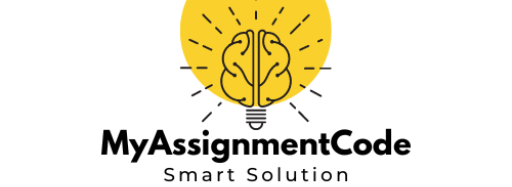Microsoft Word – assignman-7.docx
Assignment 7
Theory
- In the North American Cordillera, the Precambrian basement is frequently found undeformed by the forces that have caused younger sediments to be folded, faulted, and shortened. Explain why this occurs in your own words. (See Davis & Reynolds, Chapter 6).
- “Hubbert and Rubey calculated the approximate amount of force that would be required to translate allochthonous thrust terranes of the size known to exist in the Canadian Rockies, the Western Cordillera of the United States, and the Appalachians. They concluded that the calculated force, if applied to the rear of the mass, would far exceed the crushing strength of granite” (Davis, Reynolds, & Kluth, p. 309). In your own words, explain why enormous thrust sheets are able to move great distances, even though the initial analyses of Hubbert and Rubey suggest that this is not physically possible.
- How does the wedge model of overthrusting explain the presence of complex stacking structures displayed by thrust faults? Use your own words. (See Davis, Reynolds, & Kluth, pp. 311‐313.)
Lab
Note: When you submit this assignment, please include the Lab 7 Worksheet with your submission. 1. Measuring strike and dip
- Use your strike and dip model to make eight sets of structural measurements with your Silva compass and protractor. Set the compass for your local magnetic declination.
- Measure each set using four different lengths of stick to construct the model. You will construct the model with sticks of lengths 22 cm, 16.5 cm, 11 cm, and 5.5 cm. Set 1: Orient your model so that the arrow A on the base plate points east. Set 2: Orient your model so that the arrow B on the base plate points east. Record your answers in the table provided, using proper notation.
- What do you notice about how the trend of the oblique line changes as dip changes? (Hint: What would the trend of the oblique line be if the dip were 0? What if the dip were 90?)
Structural Geology: The Architecture of Earth’s Continental Crust 1
2.
Measuring fold orientation
a.
b.
c.
d. e.
Use the fold model and your geological compass to measure the orientations of three folds as described below.
Assemble your fold model as before, but do not attach part D. Using your geological compass, align your base plate so that the arrow A points west. Position yourself so that you are standing on the southern side of the base plate.
Fold 1: Hold the model with the A limb facing you and the hinge straight up‐and‐down on your left. Set the fold on the base plate such that the ends of both limbs are on the plate and the end of the A limb lies along arrow A. Measure the orientation of the fold using the direct method, and plot your results using the stereonet. Remember that the plot of the hinge should lie on the plot of the axial plane.
Fold 2: Lay the model fold onto the base plate with the A limb down and with the hinge line along arrow B. Measure the orientation of the fold using the direct method, and plot your results using the stereonet.
Fold 3: Hold the model with the A limb facing you and with the hinge up. Position the model so that the long edge of the A limb is along arrow A. Measure the orientation of the fold using the direct method, and plot your results using the stereonet.
Measure the strike and dip of limbs A and B, and record your results.
Use a ‐diagram to determine the orientation of the hinge line and axial plane using the indirect method.
2
Geology 319: Assignment 7
Lab 7 Worksheet
1. Structural measurements using strike and dip model
- Local magnetic declination:
- Fill in the table below. Strike and dip Plunge and trend
Pitch of oblique line _________ _________ _________ _________ _________ _________ _________ _________
Stick length (cm) of dip sheet
Set 1: arrow A on the base plate 22 _________ 16.5 _________ 11 _________ 5.5 _________ Set 2: arrow B on the base plate 22 _________ 16.5 _________ 11 _________ 5.5 _________
of oblique line
points east _________ _________ _________ _________
points east _________ _________ _________ _________
c. What do you notice about how the trend of the oblique line changes as dip changes? Hint: What would the trend of the oblique line be if the dip were 0? What if the dip were 90?
2. Measuring fold orientation
Direct method: fill in the table below:
Plunge and trend of hinge line
Strike and dip of axial plane _________ _________ _________
- Fold 1
- Fold 2
- Fold 3
- Indirect method for Fold 3
_________ _________ _________
Strike and dip of limb A:
Strike and dip of limb B:
e. Orientation of the hinge line and axial plane (indirect method):
Structural Geology: The Architecture of Earth’s Continental Crust 3
